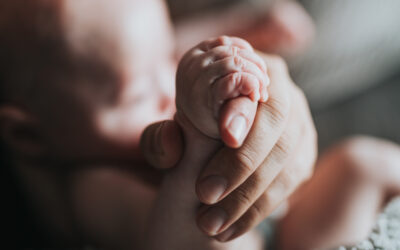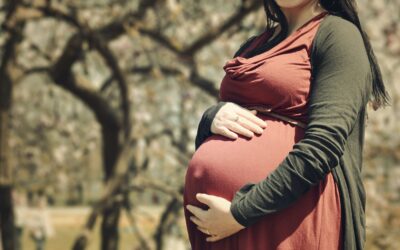On 3 February 2015, the House of Commons voted to approve the Human Fertilisation and Embryology (Mitochondrial Donation) Regulations 2015, and made the UK the first country in the world where mitochondrial donation is both scientifically possible and legally allowed. These regulations come into force today, when the Human Fertilisation and Embryology Authority will start to license and regulate mitochondrial donation.
So what is mitochondrial donation?
Mitochondrial DNA is sometimes described as the batteries of the cell. If faulty, mitochondrial DNA can cause terrible debilitating conditions for children, which are almost completely untreatable as the disease subsists as cellular level. 1 in 6,500 children in the UK are born each year with serious mitochondrial disorders.
In simple terms, mitochondrial donation involves the ‘swapping’ of faulty mitochondrial DNA from the egg of an affected mother with healthy mitochondrial DNA from a donor. It is a groundbreaking technique, developed through licensed research in the UK, which it is hoped will now enable affected women to conceive their own (healthy) genetic child, and also remove the possibility of mitochondrial disease for all future generations of their family.
Three parent babies?
Throughout 2012 the Human Fertilisation and Embryology Authority in the UK, as well as a number of other professional bodies (such as the Nuffield Council on Bioethics), conducted extensive public consultations (including focus groups, a survey, events and ethical reviews). These reviews took nearly 3 years and Natalie was proud to be part of the expert group which oversaw the HFEA’s public consultation process.
The legal, scientific and ethical issues surrounding permitting the manipulation of human embryos were undoubtedly complex, but their sensitive public and Parliamentary consideration led to a change in the law permitting such embryos to be used in treatment for real families. The UK is the first country in the world to do this.
For clarity, the law provides that the mitochondrial donor is not a parent to the resulting child, nor is she considered to be an egg donor. She will remain anonymous and it will not be possible for the child to obtain any information about her (as is the right of children conceived through egg donation in the UK). The reasoning for this was that the mitochondria affects only a very small set of cells and passes on no personal characteristics at all. The mitochondria simply provide the power to help the cells function normally and keep the child free of mitochondrial disease. As a result, mitochondrial donation is better described as 3 person IVF rather than 3 parent IVF.
Moving forward
From today licensed fertility clinics in the UK will be able to offer this treatment to families suffering from mitochondrial disease. In reality the amount of people this will impact is very small, only 150 women per year in the UK. Clinics that plan to offer this treatment will be strictly regulated by the HFEA. Recent guidelines have been produced which set out exactly how clinics will be assessed. Clinics will initially be required to follow a stringent 2-stage licensing process to become able to offer the procedure, and subsequently they will need to obtain authorisation for each woman they plan to treat.
It is still not clear when we will see out first baby born as a result of mitochondrial donation and although this technique will not impact that many people, for the families it does impact, it offers them an option to have a healthy child who is genetically theirs.
The UK’s leading surrogacy lawyers
Find out more about how we support families through surrogacy



